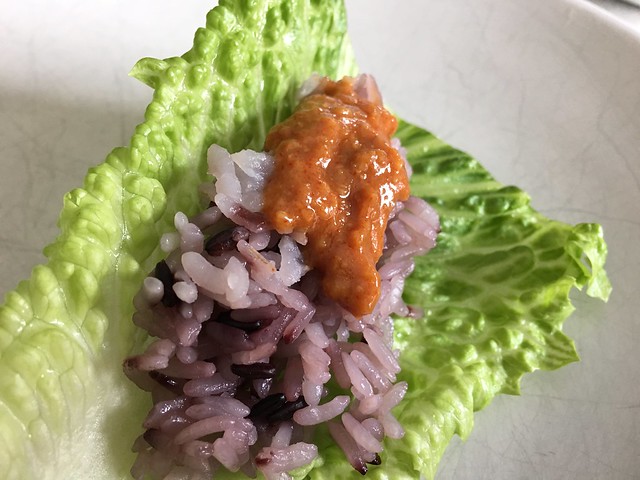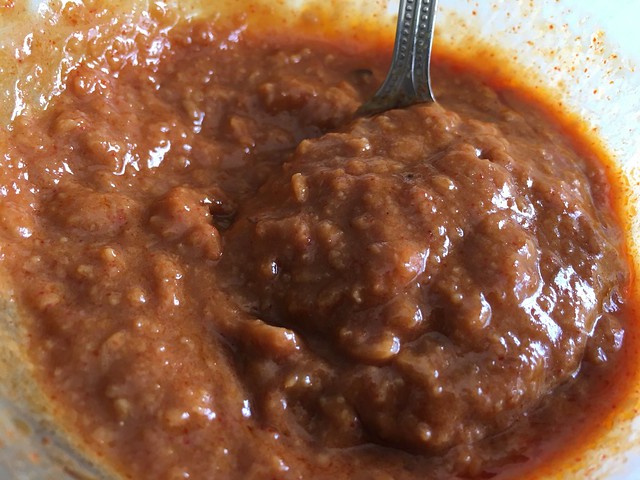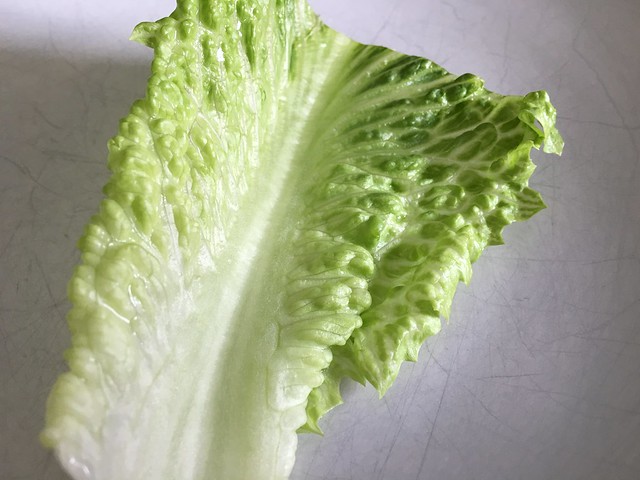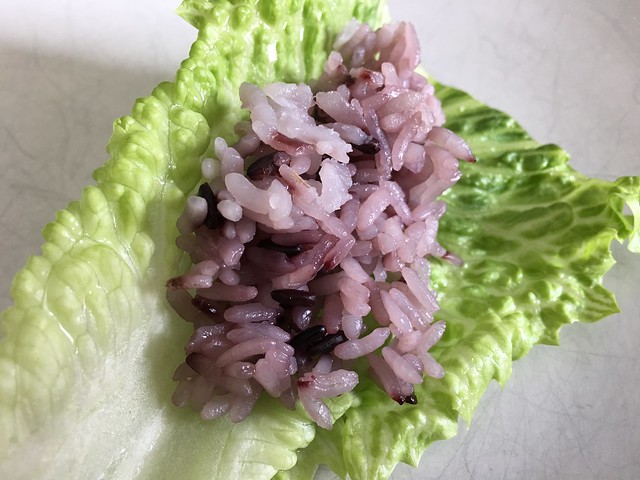You are here
Traditional Korean Miso Wrap Recipe
The main attraction in this recipe is a dressing made out of dehn jahng (the Korean version of miso), a touch of fermented hot chili paste, and sesame oil. Koreans call this dressing sahm jahng and revere it for its flavour and health-enhancing properties. Sahm jahng is a good source of vitamin K2, vitamin C, and easily digested protein. It is also abundant in health-enhancing bacteria to support gut and immune system health.
If you can't find dehn jahng, feel free to use miso as a substitute. If you order items from Amazon, you can find Korean dehn jahng here: Unpasteurized fermented soybean paste
Ingredients:
1 tablespoon of dehn jahng or miso
1.5 teaspoons of sesame oil
1/4 teaspoon of fermented hot chili paste - available here: goh choo jahng
Fresh lettuce leaves
Steamed rice
Directions:
1. Mix dehn jahng, sesame oil, and fermented hot chili paste in a small bowl until uniform. If you prefer a thinner dressing, add a teaspoon of water at a time until the consistency suits you. Sahm jahng is typically served in its own bowl at the center of the table, alongside a large bunch of fresh lettuce leaves and plenty of steamed rice for each person.
2. Place a small spoonful of rice in the center of a leaf of lettuce, add a small dollop of sahm jang to the rice, wrap closed with the outer portions of the lettuce, and enjoy!
Notes: For two people, you will want a head of romaine lettuce leaves available for wrapping. Sahm jahng makes for a delicious vegetable dip, so it's always nice to have a plate of cucumbers, carrots, peppers, and celery on the side.










